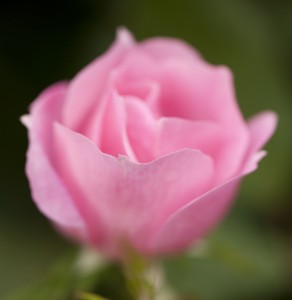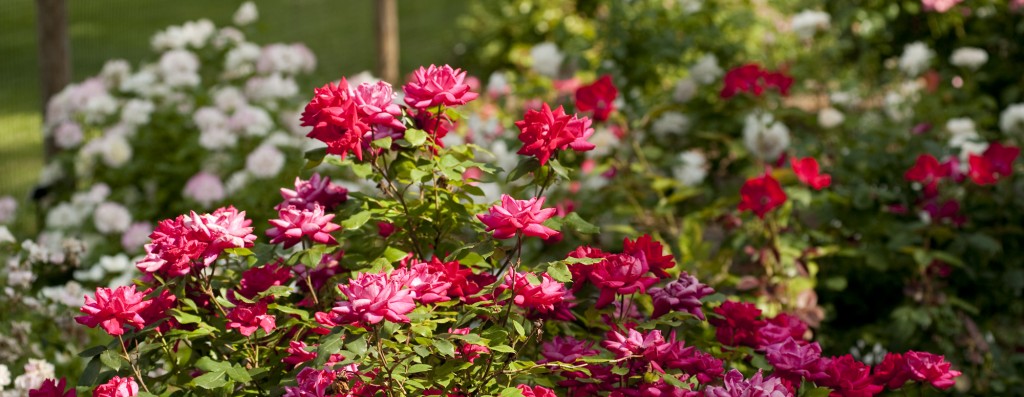Be Kind to the Earth
Posted in Gardens and Collections on June 12 2012, by Sonia Uyterhoeven
Sonia Uyterhoeven is the NYBG’s Gardener for Public Education.
 Last week we discussed disease resistant roses. This week we will continue along the same vein with a discussion of Earth-Kind® roses.
Last week we discussed disease resistant roses. This week we will continue along the same vein with a discussion of Earth-Kind® roses.
The concept of Earth-Kind® roses began in Texas in the late 1990s, when a professor at Texas A&M was asked for recommendations on roses that were attractive and low-maintenance. The professor realized that no systematic study had been done in this area and set about creating the Earth-Kind® trials.
The creators of the program set up strict protocols that could be followed all around the country. The goal of the program was to eliminate the use of fertilizer, reduce the use of insecticides and fungicides by 98%, eliminate annual pruning and deadheading and reduce supplemental irrigation by at least 70%.
This may seem like a daunting task for rose growers, but it has been successfully achieved and there are now a host of roses that bear the Earth-Kind® designation, with more undergoing trial. There are just a few caveats to add to the above list of benefits: most of the roses will have to be pruned every three years to keep them to a good size, and roses in the northern U.S. will need to be cleaned up in the spring with the removal of dead branches.
While there is an absence of fertilizer, the Earth-Kind® trial beds are amended with four to six inches of fully finished compost upon planting and the beds are mulched on an annual basis with three to four inches of organic hardwood mulch. The roses need to be planted where they can receive eight hours of full, direct sun, and placed in an area with good air circulation. Roses are planted small on their own root stock (about six to 12 inches when planted) and spaced eight feet apart. They are watered for the first year to help them get established and then supplied minimal water from the second year onwards.

A number of roses that have already received the Earth-Kind® designation are ‘Knock Out®’, ‘Elsie Poulson’, ‘Belinda’s Dream’, ‘Mutabilis’, ‘Cecile Brunner’, and ‘The Fairy’. Some of the roses that are currently being trialed in Texas and are performing well are ‘Double Knock Out®’ (which is proving to be exceptionally drought tolerant), ‘Lena’, ‘Ole’ (named after two characters from The Prairie Home Companion), ‘Sunrise Sunset’, ‘Katy Girl’ and ‘Chuckles’. These roses have been trialed for three years and have five more to go before they achieve their Earth-Kind® designation.
The researchers have looked into the traits that make for a low-maintenance rose. Not surprisingly, genetics plays an important role. Many of the award-winning roses have one of Dr. Griffith Buck’s roses in its parentage. Dr. Griffith Buck was a hybridizer that worked for Iowa State University, known for being ruthless in his selection of roses. He planted them in the inhospitable environment of the Iowa prairies, where they received minimal care their first year and were then left out on their own. It is not surprising that his roses form the stock of the Earth-Kind® roses.
You will find information on NYBG’s Earth-Kind® Trial Beds on our Sustainability page. Our Continuing Education Department is also offering a class on these roses taught by Rose Garden Curator Peter Kukielski on Wednesday, June 27 from 10 to 12 p.m. Please see our course page for more information.

